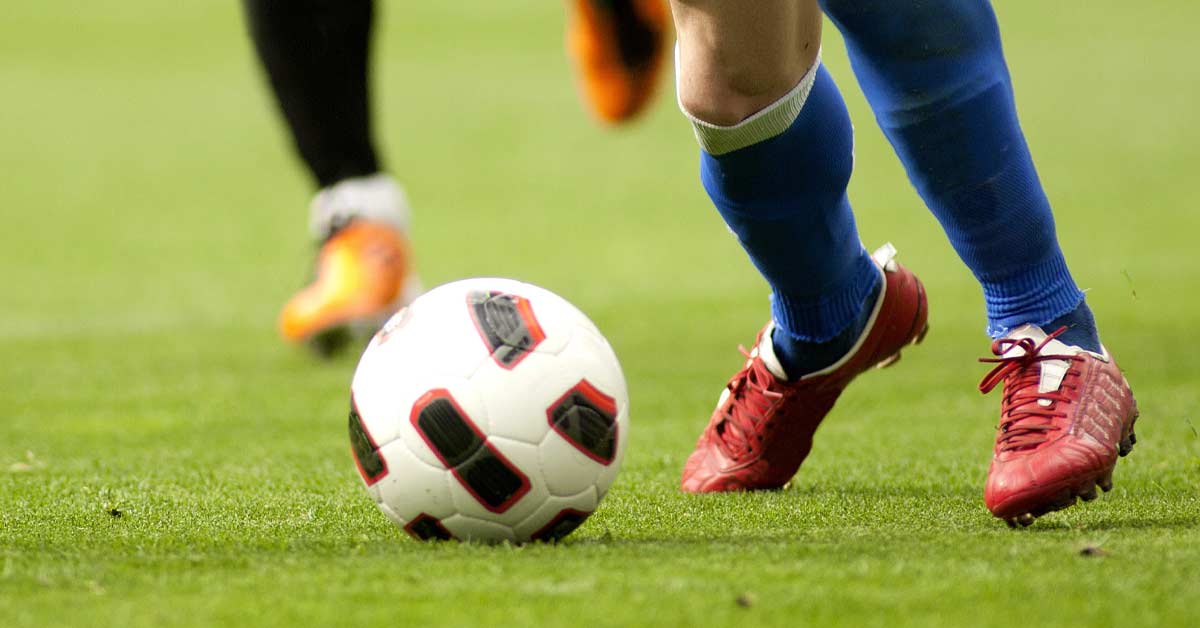
Children in these age groups lack the musculoskeletal maturity, growth and coordination to handle a header like an adult player. Heading: Using your head to trap, pass or shoot.Teach kids to move the ball with both the left and right foot, and with the inside or outside flat surfaces – never the toe! Dribbling: Running with the ball, keeping it close to the feet - Teach kids to “keep the ball on a leash!” At more advanced levels, skilled ball handlers can really amaze the crowd with their grace and moves.Throw-Ins: Bringing the ball back into play once it goes out-of-bounds on the touchline.Passing: Passing the ball to a useful location on the field or to another player.Think “CONTROL!” Teach kids to trap softly, so the ball doesn’s carom uncontrollably.The ball should “settle” (land) on the ground at the player’s feet, or deflect in a direction the player wants to go with the ball.Trap the ball with any part of the body except the arms or hands.Trapping: Taking control of a loose ball, usually from a pass (ie, “catching” the ball).When teaching kids on your team, be mindful of their age group and try to develop a feel for which skills the kids are ready to learn, and which they simply need to improve and develop. Players in the 7-8 age group can begin to understand some of the simpler of these skills, with older players grasping progressively advanced concepts as their bodies grow and they gain experience with the game. Because the skills for “Offense” are fundamental to the skills of “Defense,” it is best to teach those first - especially dribbling, passing, and receiving. Individual player soccer skills can be categorized by the purpose for which each skill is predominantly used: Offense and Defense. These 5 simple skills should be taught to the players in this age group, as they are foundational skills to more advanced skills that the kids can learn as they grow with the game, and our soccer program. Of course, if a team kicks the ball out of bounds into the net, it’s a goal and the play has to start over in the middle with a kick-off. Kick-In: When the other team kicks the ball out of bounds, your team gets to kick it back in! This simple rule replaces the throw-in, goal kick and corner kick used at more advanced levels.Kick-Off: Teach them simply to spread out on their own half of the field, some closer to the middle line and some closer to the goal line some closer to the left side and some closer to the right! The team taking the kick can be within the center circle the other team must stay out.

It’ll be the extent of their ability to understand the game, by and large, just to keep them spread out around the ball (or the person who has the ball).
#Best soccer skills to develop 10 years old how to
However, younger kids might be shown how to move the ball slowly at first, just to get the feel for it.

REMEMBER: Youth soccer players need coaches to be guides and facilitators to their individual exploration of the game. The skills taught in soccer range from basic skills to more advanced skills, and further break down into either offensive or defensive skills.


Basic Soccer Skills to Teach Introduction


 0 kommentar(er)
0 kommentar(er)
